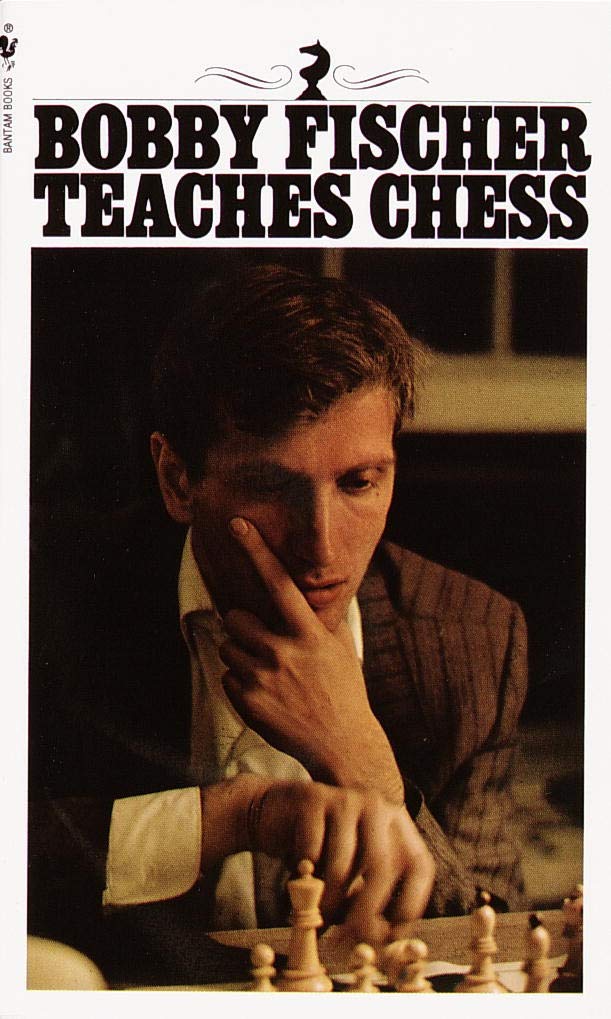

The chess book author needs to provide the games and moves in replayable form to the reader, and the reader must have instant access to them. These include (1) extraction of chess moves from an image of a printed page, (2) recognition of chess moves from the extracted image, and (3) displaying digitally encoded successive moves as an animation on a chessboard." It's all pattern recognition, and with AI today the process could be made very efficient.īut is that what I am looking for? You use your phone or tablet to scan a page, with an AI app to find the chess game and make it replayable? No, there must be an easier, non-technical way. It was published (in 2015) by the International Arab Journal of Information Technology and proposes "a set of techniques to animate chess moves which are printed on a chess book. Take a look at the paper " A Framework for Recognition and Animation of Chess Moves Printed on a Chess Book" by Süleyman Eken et al. I am not the first person to think about this. Everything is automatic, just like on a replay board on your computer screen. What if you could use these, instead of setting up the chess board and pieces, to replay the game in the books? No mistakes, no tedious attempts to find your way back to the main line when you have been looking at analysis. So are chess books and magazines on the way out? Because you cannot replay moves, like you can do on any good web site? No, you actually can, if the publishers spend a miniscule amount of effort on it! Let me explain.Įveryone who buys a chess book has the ultimate replay device in their pocket, or on the coffee table. That is so easy and so convenient that it is hard to find a proper place for books in the chess landscape.
#ONLINE CHESS BOOKS FREE SOFTWARE#
When's the last time you set up the chess board (I'm not sure exactly where mine is) and pieces (those I can find – I have two very nice sets in the shelf behind me) and replayed a game from a book? The situation has been exacerbated by the advent of replayable games in software and on web pages. So just a small percentage of chess players actually read chess books or magazines. Either they could replay everything in their minds, or they used my method of diagram scanning. Nobody, really nobody, ever pulled out a chessboard to replay games. Anand, for instance, would grab the latest Informant, curl up in a corner, and spend hours giggling and laughing at games he was replaying in his head. I did notice that a certain percentage of the visitors in my house, the ones who had GM titles, and especially the super-GMs, read my Informants like Agatha Christie novels. I did look at a lot of diagrams and try to follow the next three to five moves in my mind, but that was it. It also tells you how much of the approximately thirty volumes I collected I actually read. The picture shows what the contents looked like. Take for instance the famous and for a long time ubiquitous Chess Informant. On the other I was distressed by the colossal waste they represented. On the one hand they brought me a great deal of pleasure. To these (the chess books, not the publishers) I have always had an ambivalent relationship. From the start I was a bibliophile, fanatically so, and in the course of a lifetime have collected many thousands of books – including chess books, which for decades have been sent to me by friendly publishers. Let me say in advance: I have grown up with books.

Still no ChessBase Account? learn more > My Games – Access your games from everywhere.



 0 kommentar(er)
0 kommentar(er)
